Dogfighting 101
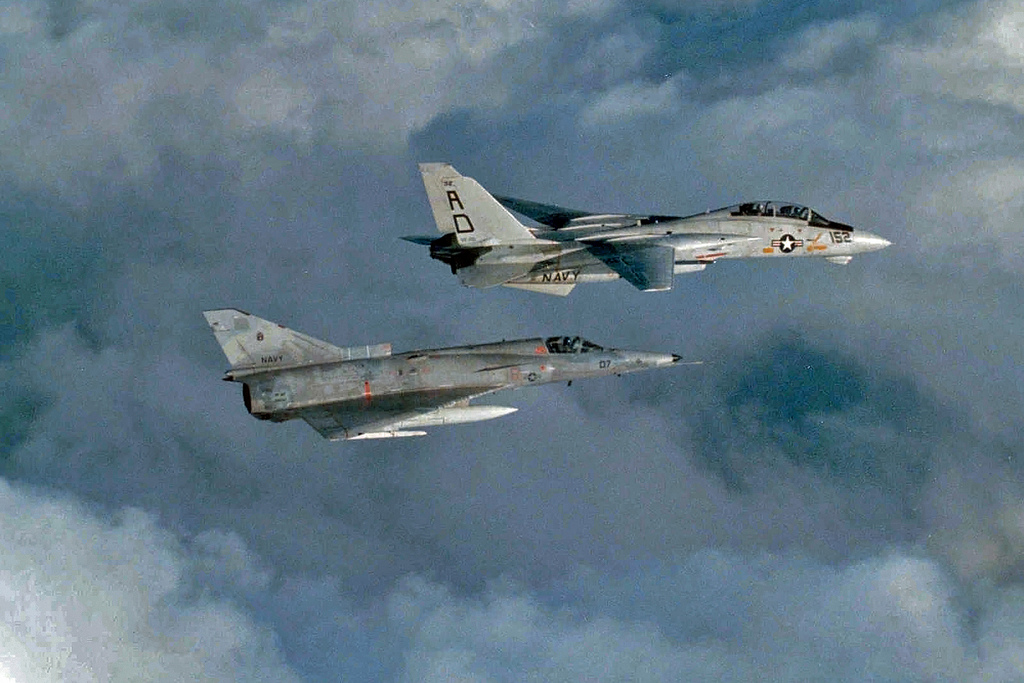
Welcome to the beyond visual range (BVR) combat guide for the F-21B.
Controls
First, let's isolate the controls that are used for WVR combat.
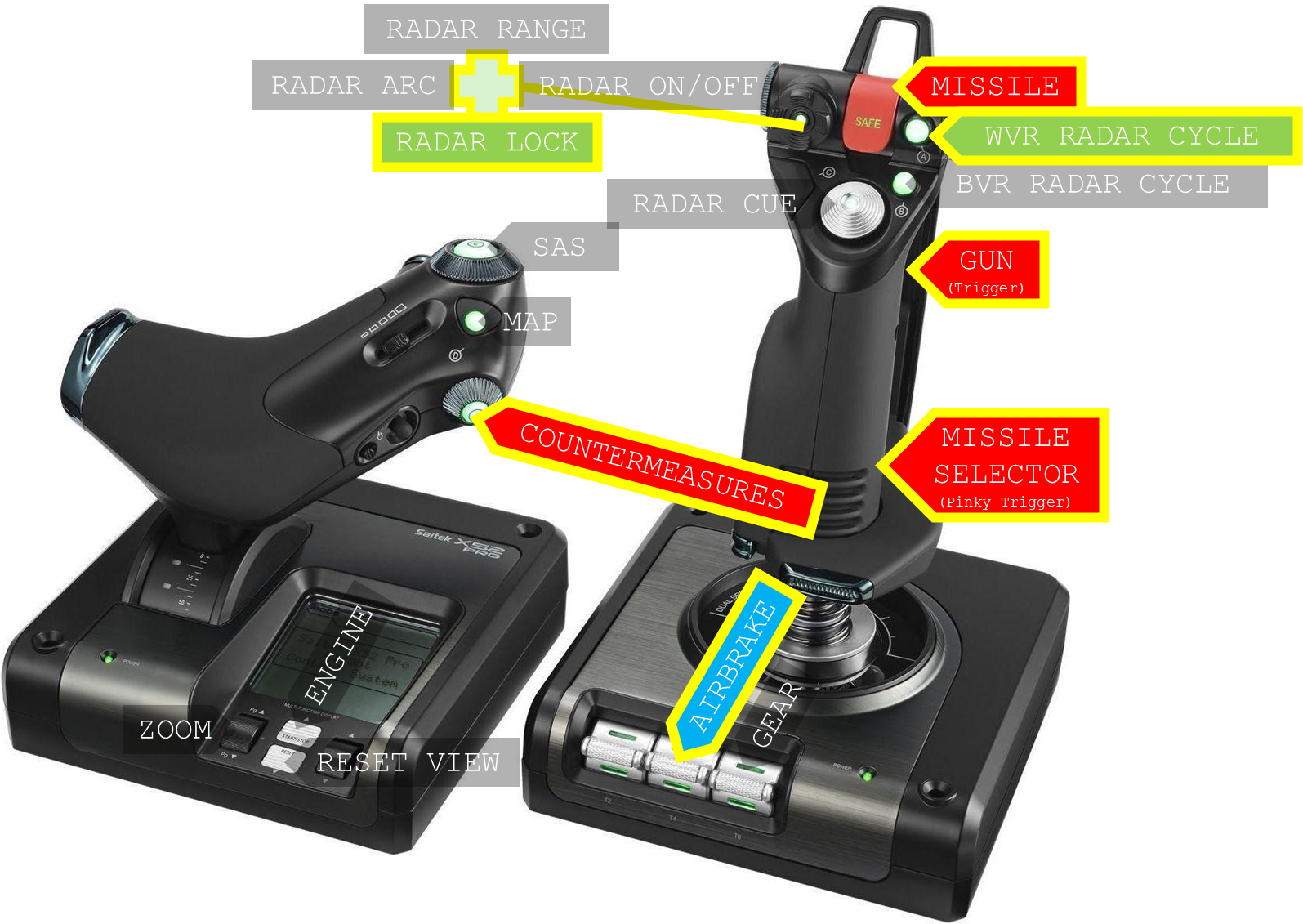
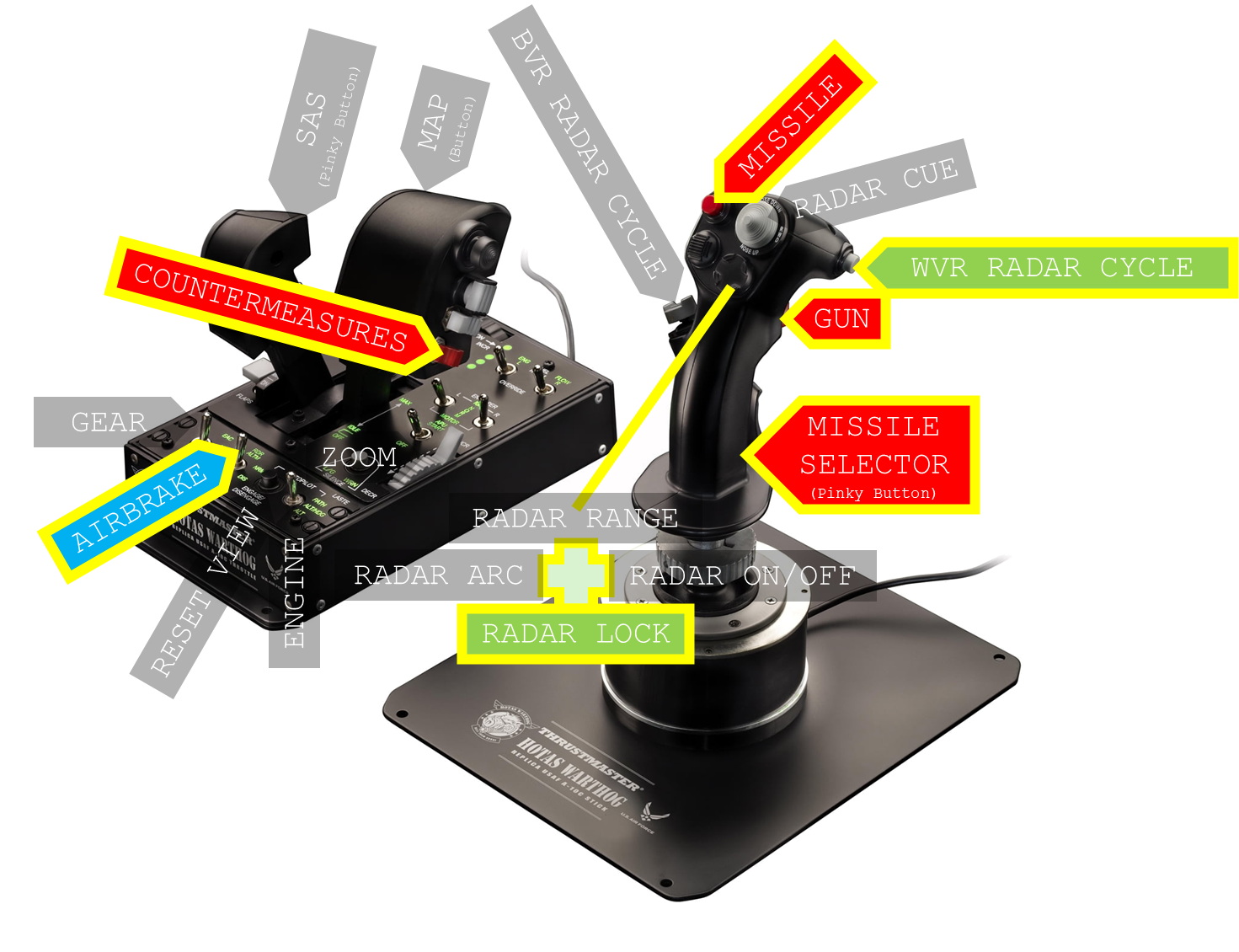
The controls in both HOTAS layouts are the same, just in different positions. Here are the full descriptions of the relevant controls:
| Name | Description |
|---|---|
| WVR RADAR CYCLE | Toggles the radar mode between BVR and WVR. There are technically two WVR radar modes: Air Combat Maneuvering (ACM) and Helmet Mounted Sight (HMS). These are essentially narrow cone radars meant for dogfighting. ACM scans a very small cone right in front of your nose and automatically locks on, avoiding having to fiddle with radar cueing during the chaos of a dogfight. HMS points the radar in the direction that your helmet is looking at, which is very handy for off boresight turn fights. |
| RADAR LOCK | If used in HMS mode, attempts to lock whatever you're looking at. |
| MISSILE | Starts the missile seeker. Pressing it again will fire the missile if the missile is tracking the target. |
| MISSILE SELECTOR | Cycle through the missiles available. Recall that you want the Infrared Missile (Python-3) selected for WVR combat. |
| COUNTERMEASURES | Fires countermeasures - both chaff and flares. |
| GUN | Fires the guns. |
| AIRBRAKE | If you want to for whatever reason rapidly lose airspeed. |
Energy Management
Possibly the most foundational concept in dogfighting is energy management. In the air and especially during high intensity combat maneuvers, your total energy is a critical resource. Whether you’re turning, climbing, diving, or escaping, your ability to do anything is governed by your energy state. Often times, the pilot that controls their energy better has the initiative. Always remember that sharp maneuvers, high AoA, and tight turns bleed energy very fast - are you certain whatever you're doing is worth it?
Turn Rate and Turn Radius
In a dogfight, the aircraft has three big metrics for agility:
| Name | Description |
|---|---|
| Instantaneous Turn Rate | This is the maximum rate over a short time. You're pulling with everything you've got, but it bleeds energy fast. Even moreso for delta wing fighters like the F-21B. |
| Sustained Turn Rate | This is the turn rate that can be maintained while not losing energy. This is crucial in extended dogfights. |
| Turn Radius | This is the turning circle of your plane. A smaller turn radius allows you to geometrically get inside the opponent's turn circle. |
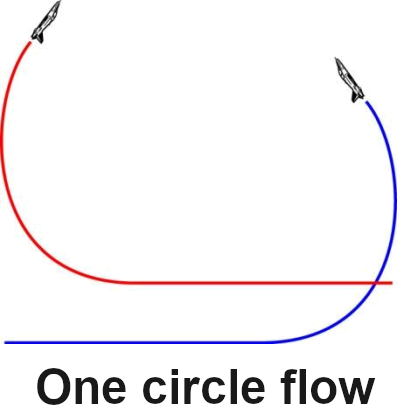
1-Circle Fight: The Radius Fight
In the 1-circle fight, both fighters turn into each other after the merge, and the fighter with the smaller turn radius has the advantage, as it can
get its guns on target first.
Some tricks to minimize turn radius are to:
- Decrease your speed. Recall that for centripetal motion, a=v^2/R. If you have a steady lift force for centripetal acceleration, then you stand to lose a fair bit of turn radius by lowering your speed.
- Pitch up a little into the vertical. This will both decrease your speed and also decrease your in-plane turn radius.
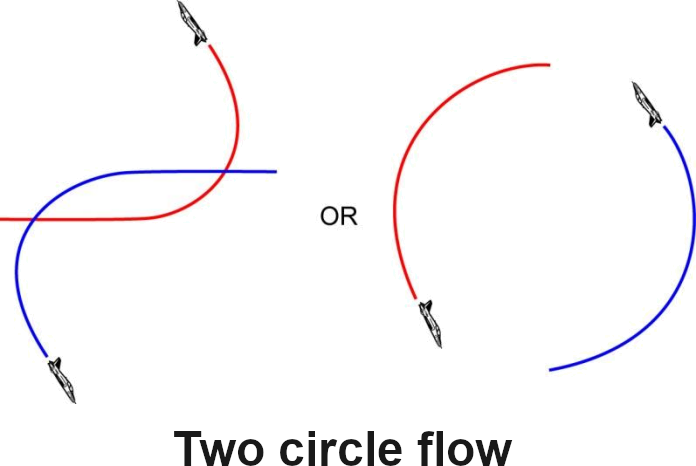
2-Circle Fight: The Rate Fight
In the 2-circle fight, both fighters turn away from each other after the merge, and the fighter with the higher sustained turn rate has the advantage, as it can
get behind the other.
Some tricks to sustain your turn rate:
- Avoid pulling back all the way. Unless you have a really good opportunity, it's more likely you will tank your energy and lose in the long run, stall out, or even black out.
- If you can, you can always bank into a slight descent to pick up some kinetic energy.
IR Missile Usage
Unlike the Fox-3 Active Radar Missiles of BVR combat, the Infrared Missiles of WVR combat are elegant in their simplicity - they're just fire-and-forget. Sling them at roughly 0.75 mi to 2 mi and watch the fireworks. Like this video shows, you can just point your nose at the heat signature and wait for the growl to become higher pitched, letting you know that it's tracking a heat signature. In fact, because of the Helmet Mounted Sight on the F-21B, you're able to lock on to anything you can look at, provided it's in the gimbal limits of the missile's IR sensor. Note that the Python-3 missile is an all-aspect missile, so it can lock onto an opponent at any angle. However for a more distant lock and more countermeasure resistance, a rear-Aspect shot (where the engine is visible) is preferable.
But why did I refer to WVR radar earlier? What's the point of using radar when it's all heat seekers? Well many heat seekers also support radar slaving. Much like how the HMS can cause the IR sensor to look at something, a radar track will let the missile already know where to look for a heat signature. Also, a radar lock can just generally enhance your situational awareness. You get a definite range and are able to track them even through clouds. This video demonstrates how fast the missile locks on to something while radar slaved.
IR Countermesures
To defeat heat seeking Fox-2 missiles, modern aircraft are equiped with flares - extremely hot pyrotechnic elements ejected from your plane to attempt to shadow the heat of your engine. In combination with throttling down your engine to disengage the afterburner, the goal is to have the missile seek onto a flare instead. It's important to remember not to panic dump flares behind you when a missile is inbound - you run the risk of dropping a line of breadcrumbs right to your engine.
Cannons Usage
Guns are even more simple than IR missiles. You get get your nose on target and press the trigger. Gun kills are difficult to pull off without practice though, due to the maneuverability and speed of modern jet fighters, made worse by your roughly 9 seconds of trigger time.
Final Words
And with that, you have a very basic understanding of BVR and WVR combat.
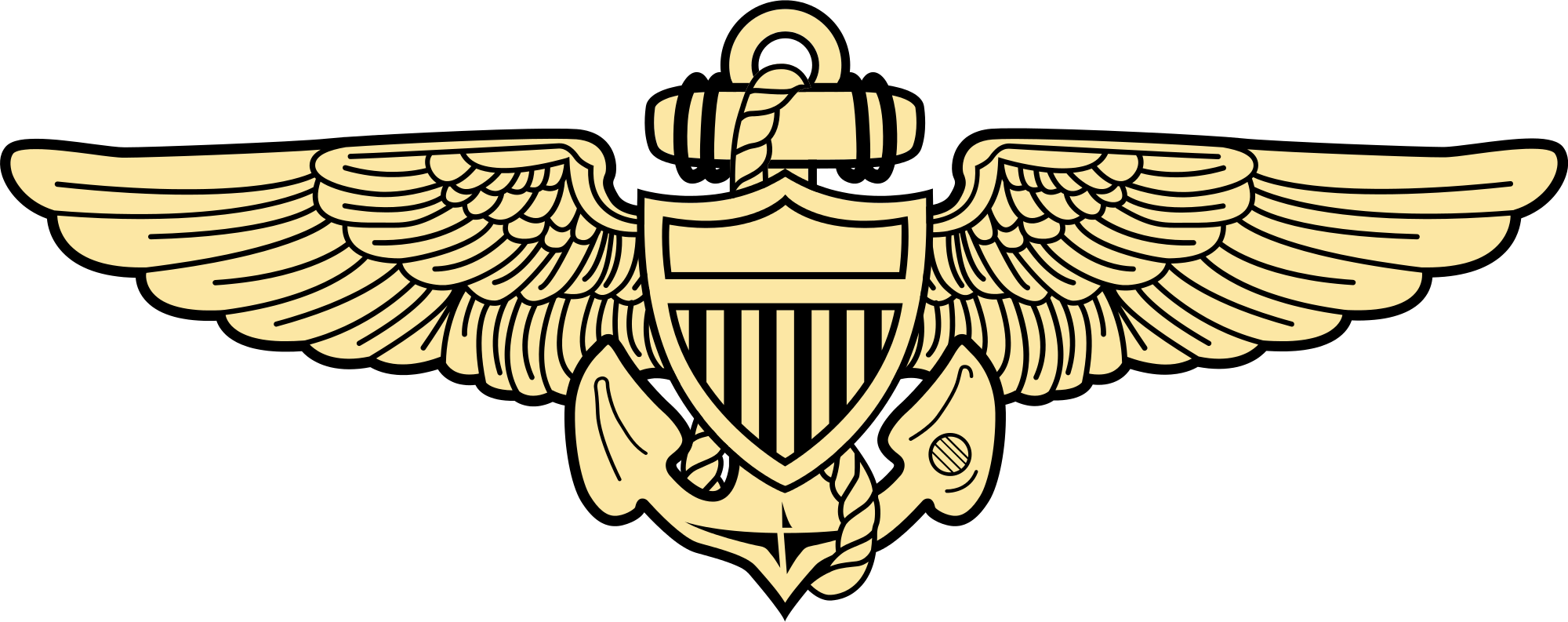 Naval Aviation
Naval Aviation